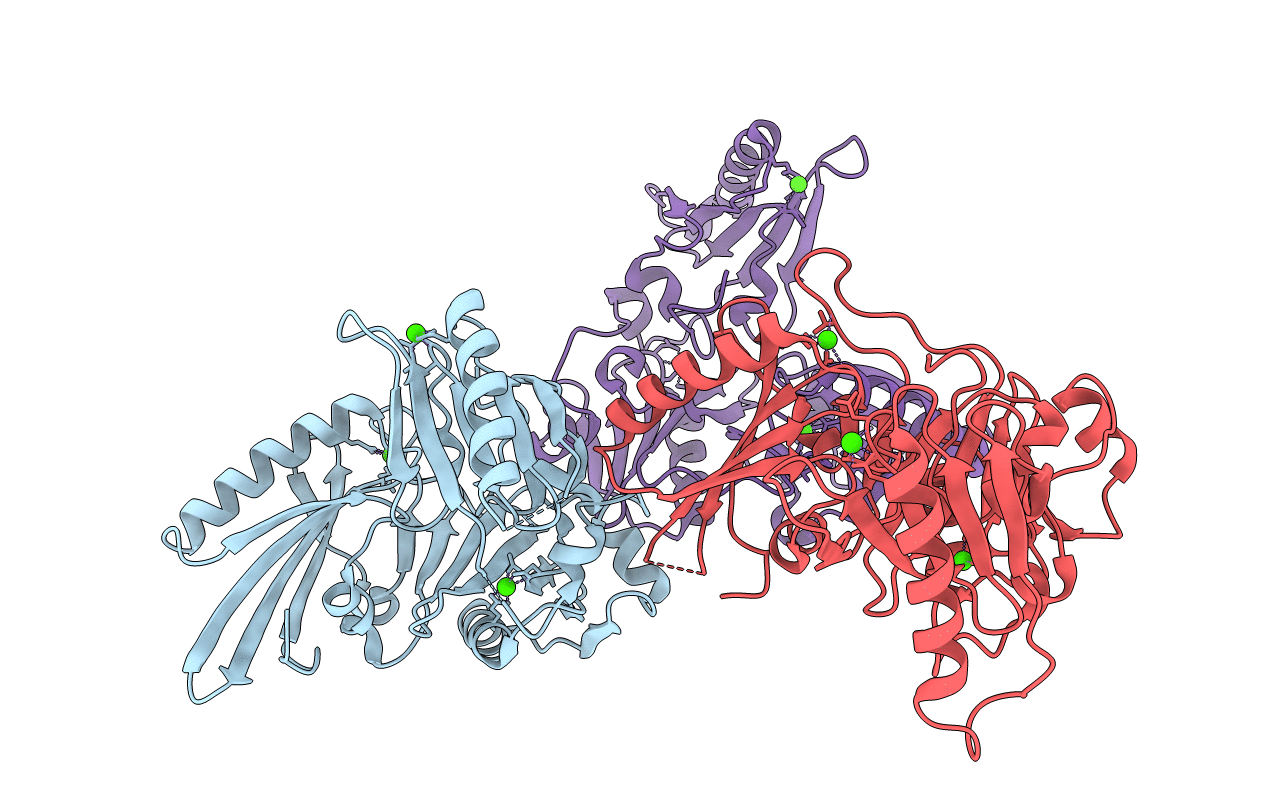
Deposition Date
2005-12-23
Release Date
2006-06-13
Last Version Date
2024-03-13
Entry Detail
PDB ID:
2FH1
Keywords:
Title:
C-terminal half of gelsolin soaked in low calcium at pH 4.5
Biological Source:
Source Organism:
Homo sapiens (Taxon ID: 9606)
Host Organism:
Method Details:
Experimental Method:
Resolution:
1.55 Å
R-Value Free:
0.21
R-Value Work:
0.19
R-Value Observed:
0.19
Space Group:
P 21 21 21


